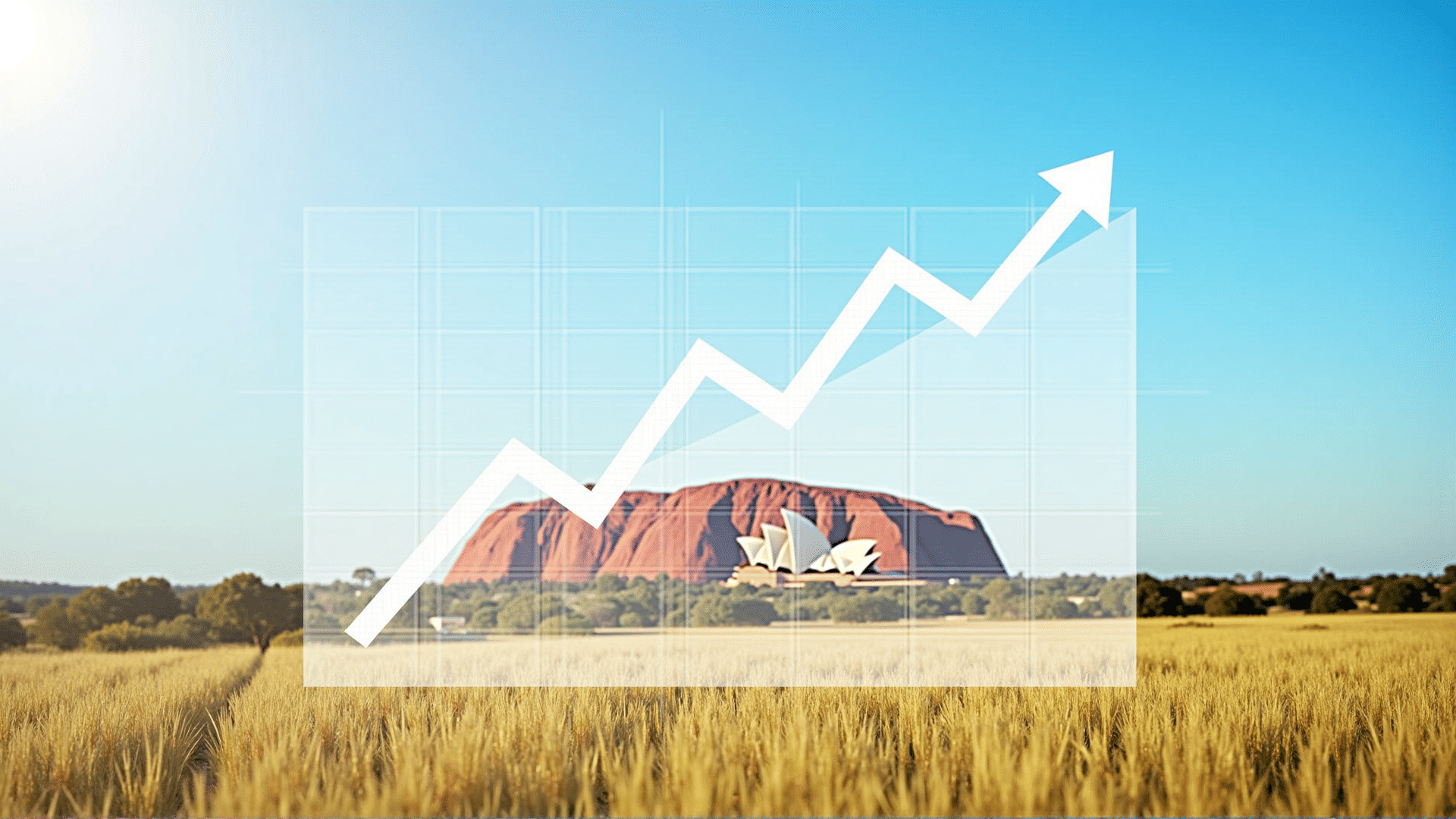Australia's economy has long been a focal point for analysts and enthusiasts seeking to understand global economic dynamics. A variety of factors contribute to the current economic environment, influencing not only Australia's domestic markets but also its role on the international stage.
Resources and Trade
Australia's economy is heavily driven by its abundant natural resources. Mining continues to be a dominant sector, with the country exporting significant quantities of coal, iron ore, and various minerals. These resources have secured Australia a strong trading position, especially with economies such as China, Japan, and South Korea. The demand for natural resources has historically underpinned Australia's growth, providing a steady stream of income and employment opportunities.
Agricultural Influence
Beyond resources, agriculture plays a pivotal role in Australia's economic landscape. The country's vast agricultural regions produce a variety of goods, including beef, wool, and wheat, which are key exports. The push towards sustainable and innovative farming techniques further boosts productivity, ensuring the agricultural sector remains competitive globally.
Innovation and Technology
In recent years, Australia has made strides in diversifying its economy through innovation and technology. Initiatives to foster a tech-savvy workforce and investments in technology start-ups are gradually transforming the economic landscape. The technology sector promises to elevate productivity across various industries, from healthcare to education, and catalyzes new avenues for economic growth.
Tourism and Cultural Exchange
Tourism is another vital component of the Australian economy, attracting millions of visitors each year due to the country's unique natural landscapes and vibrant culture. The sector not only brings in significant revenue but also strengthens cultural ties and international goodwill, further enhancing Australia's global image.
Economic Policy and Infrastructure
Australian policymakers aim to bolster economic stability and growth through strategic infrastructure development. The focus is on enhancing transportation networks and digital infrastructure, which are crucial for supporting industries and connecting regional economies to global markets.
Moreover, policies oriented towards education and workforce development ensure that the labor market remains agile and skilled, ready to meet the demands of an evolving economic environment. These efforts build resilience against potential global downturns, positioning Australia as a robust economy capable of weathering economic challenges.
Environmental Concerns
Australia's commitment to addressing environmental issues also shapes its economic approach. The country is increasingly investing in renewable energy sources and committing to sustainability practices. These efforts not only have environmental benefits but also open doors to new industries and opportunities in green technology and sustainable resources.
Conclusion
Understanding Australia's economic trends necessitates an appreciation of the intricate web of resources, trade relations, innovation, policy initiatives, and environmental considerations. As Australia continues to evolve on the global economic stage, its ability to adapt and innovate will dictate its future success and influence worldwide. Each component of its economy does not work in isolation but rather in concert to create a dynamic and responsive economic environment.
